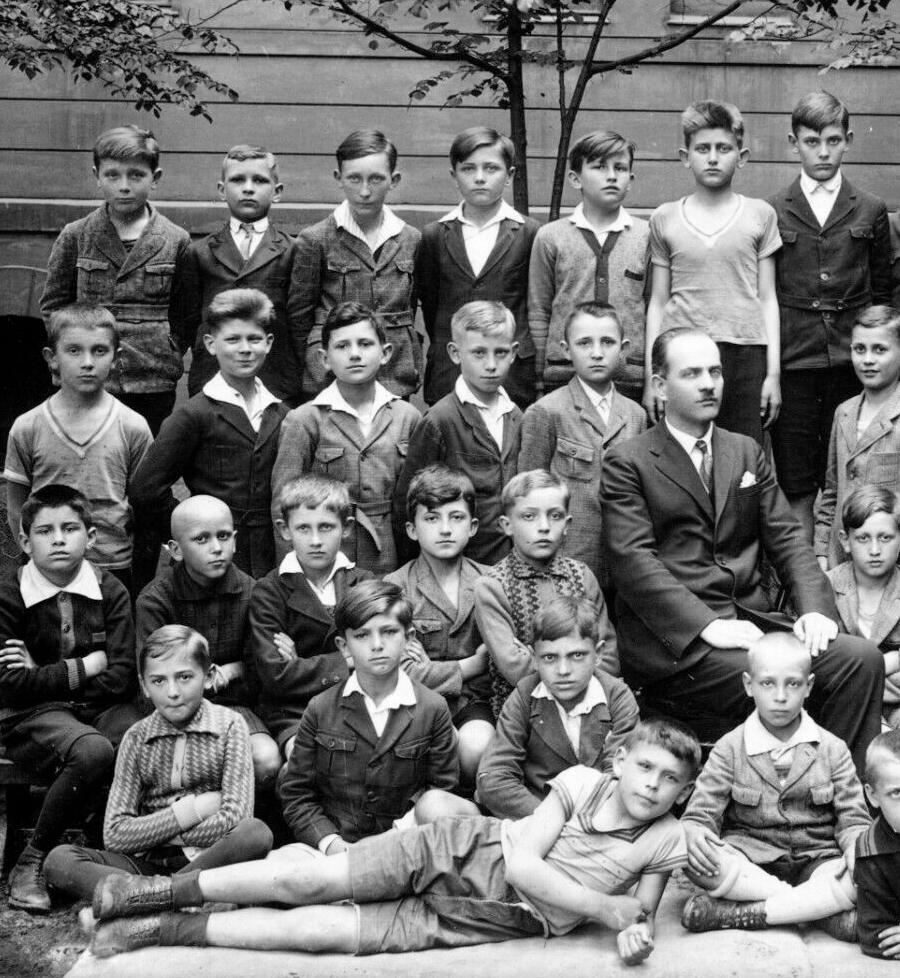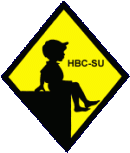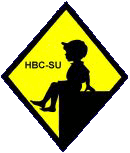
Figure 1.-- |

|
The 1930s would be dominated by the world-wide Depression set off by the stick market crash in America (1929). Hungary would not be as affected by industrial Germany which was dependent on foreign trade, but few countries were left unaffected by the Depression, including Hungary. The conservative government resigned and right wing conservatives took office and this included the Ministry of Education. The new minister of education Bálint Hóman wanted to promote the unification of Hungarian education, including the 'national school subjects' as well as the education system in general. There was a desire to eliminate alternatives. A new procedure was initiated to require authorization for schools not operated by the Hungarian national government, meaning municipal and denominational schools. Hóman also promoted a standard curriculum including Latin for student aspiring for a secondary or university education. It was also seen as unnecessary for students to learn foreign languages other than German. Hóman also sought to keep the liberal spirit of English and French culture out of the curriculum. To finalize all of this, a new Secondary Education Act was enacted (1934). The teaching of Latin was important in Hungary because the national ethos was steeped in Western Catholic culture in an areas where Easter Orthodoxy is important. It symbolized a 1000 year-old tradition of Hungary as an outpost of the Catholic West in an area where Pan-Slavist Greek-Catholicism is important. The Hungarian nobility used Latin as the common language of law and official documents. It was not a rigidly racist system. Individuals from non-Magyar families be accepted into the Hungarian ruling class through language. It was Latin Hungarian society from Austrian/German culture. Latin was also the language of the the Catholic church. Latin symbolized the old, traditional values they were seen as being threatened by modern developments. This an issue many European countries faced, but in Hungary there were political connotations. The NAZIs had taken power in Germany (1933). NAZI ideology vied with Italian influences. The Latin lobby became the main opposition to German/NAZI influence. Liberal forces including Jewish business and financial interests gradually joined the the Latin group seeing it as a bulwark against NAZIism. The NAZIs in Germany antiquity was used for pro-NAZI propaganda. Liberal and anti-NAZI groups supported the government's move to declare Latin a 'national subject' The 1934 Act reduced the independence of Protestant schools. Secondary school teachers became public officials. Beginning in 1883, student who passed a final 'maturity' examination of their secondary school could enter a university. The 1934 Act introduced a requirement for students to have a kind of endorsement on their school certificate from a maturity committee. The endorsement was not academic, but was based on ideological and political matters. The educational reforms of the 1930s involved increasing central control, more controls on teachers, and less local community involvement with schools. This was all designed to ensure the continued traditional structure of Hungarian society. 【Nagy】 We notice an undated school class portrait which looks like it was taken about 1930 (figure 1). It is an all boys class. The boys are probably the older boys at a primary school, probably about 12 years old. . All we know for sure was the portrait was taken in Budapest. Most of the boys wear suits with open collar shirts. A few boys wear simple 't' shirts. The boys wear shirt pants with ankle socks, knee socks, and long stockings. A few boys have close-cropped hair, a style popular in schools earlier Most boys have combable cuts.
Nagy, Péter Tibor. "The social and political history of Hungarian education," Magyar Ekektronikus Könyvtár--mek.oszk.hu (undated).
Related Chronolgy Pages in the Boys' Historical Web Site
[The 1880s]
[The 1930s]
[The 1940s]
[The 1930s]
[The 1940s]
[The 1950s]
[The 1960s]
[The 1970s]
[The 1980s]
Navigate the HBC School Section
[Return to Main independent Hungarian school chronology page]
[Return to Main Hungarian school chronology page]
[Return to Main Hungarian school uniform page]
[Return to Main Hungarian page]
[Activities]
[Chronology]
[Clothing styles]
[Countries]
[Debate]
[Economics]
[Garment]
[Gender]
[Hair]
[History]
[Home trends]
[Literary characters]
[School types]
[Significance]
[Transport and travel
[Uniform regulations]
[Year level]
[Other topics]
[Images]
[Links]
[Registration]
[Tools]
[Return to the Historic Boys' School Home]
